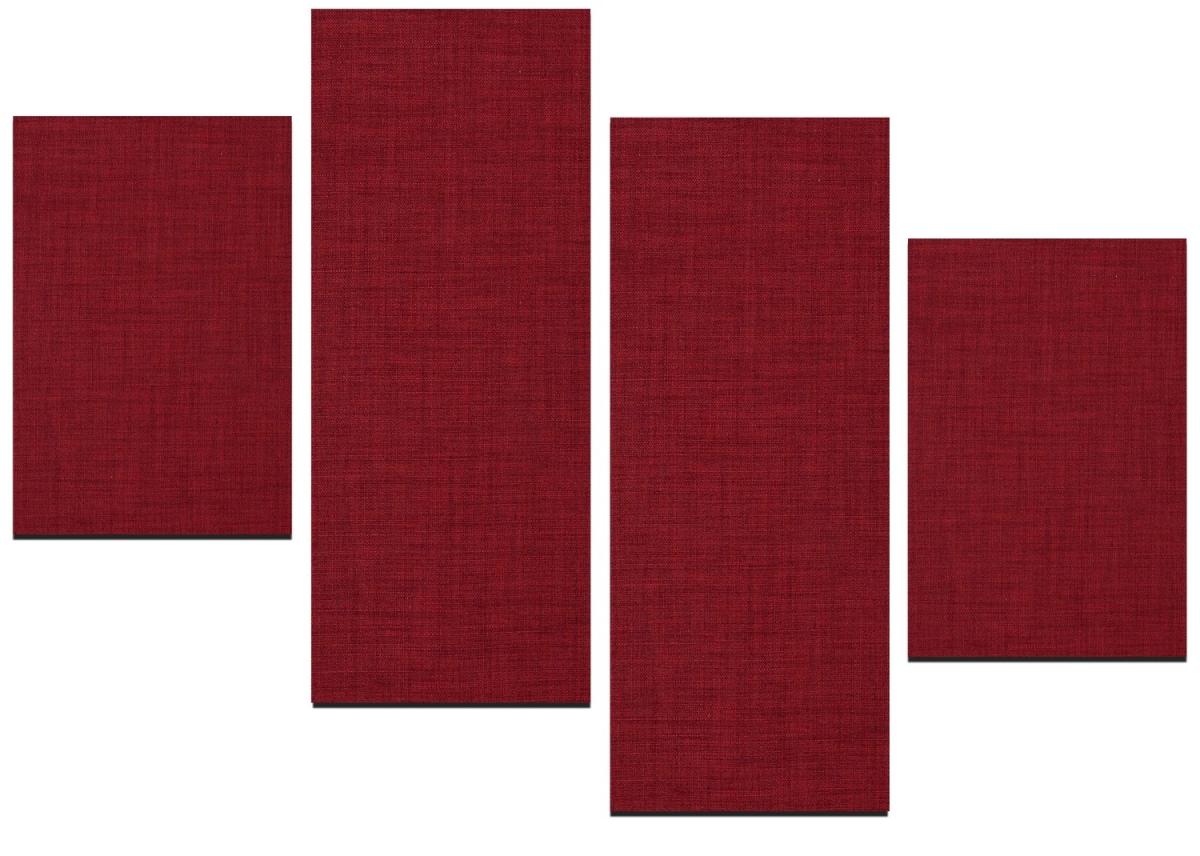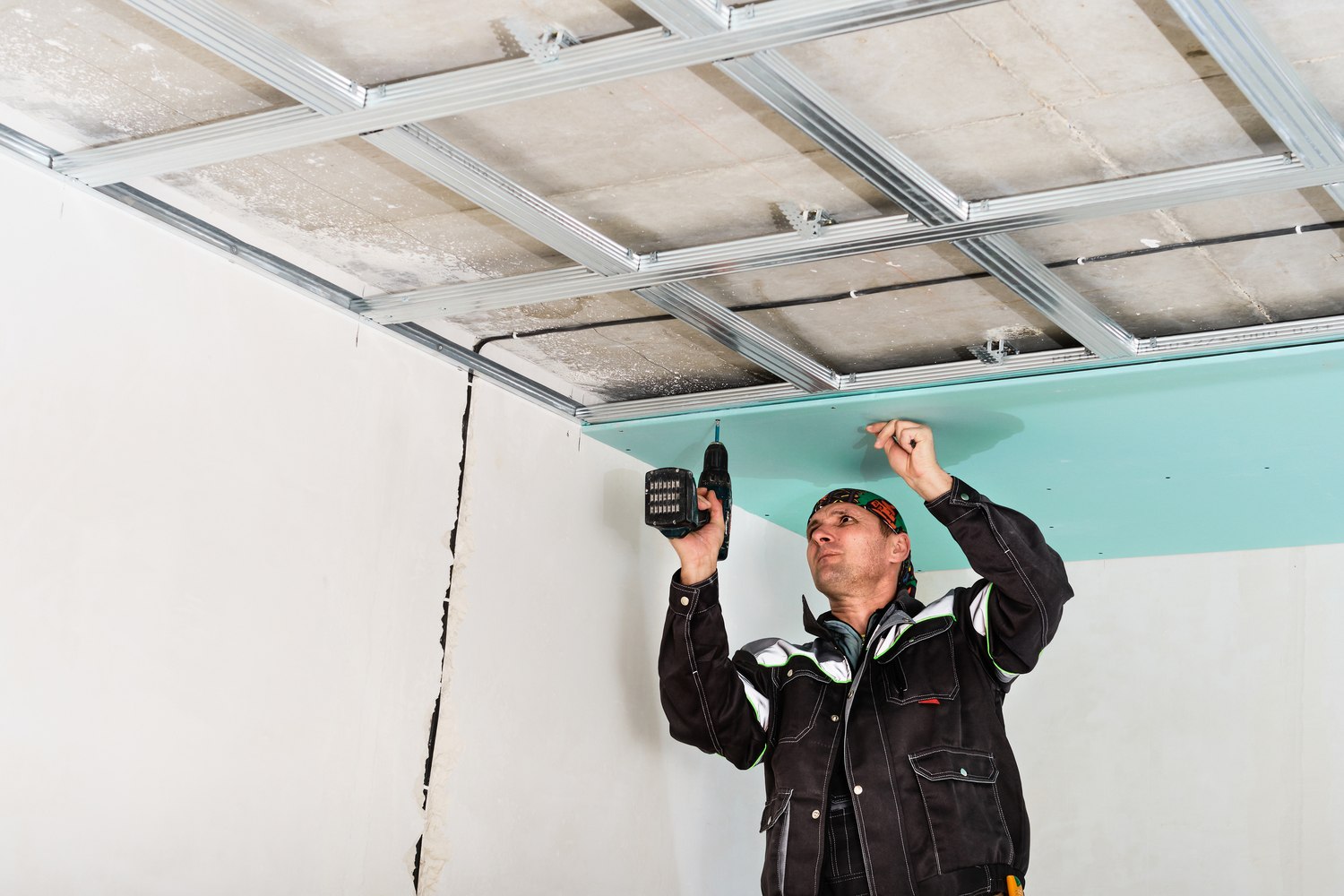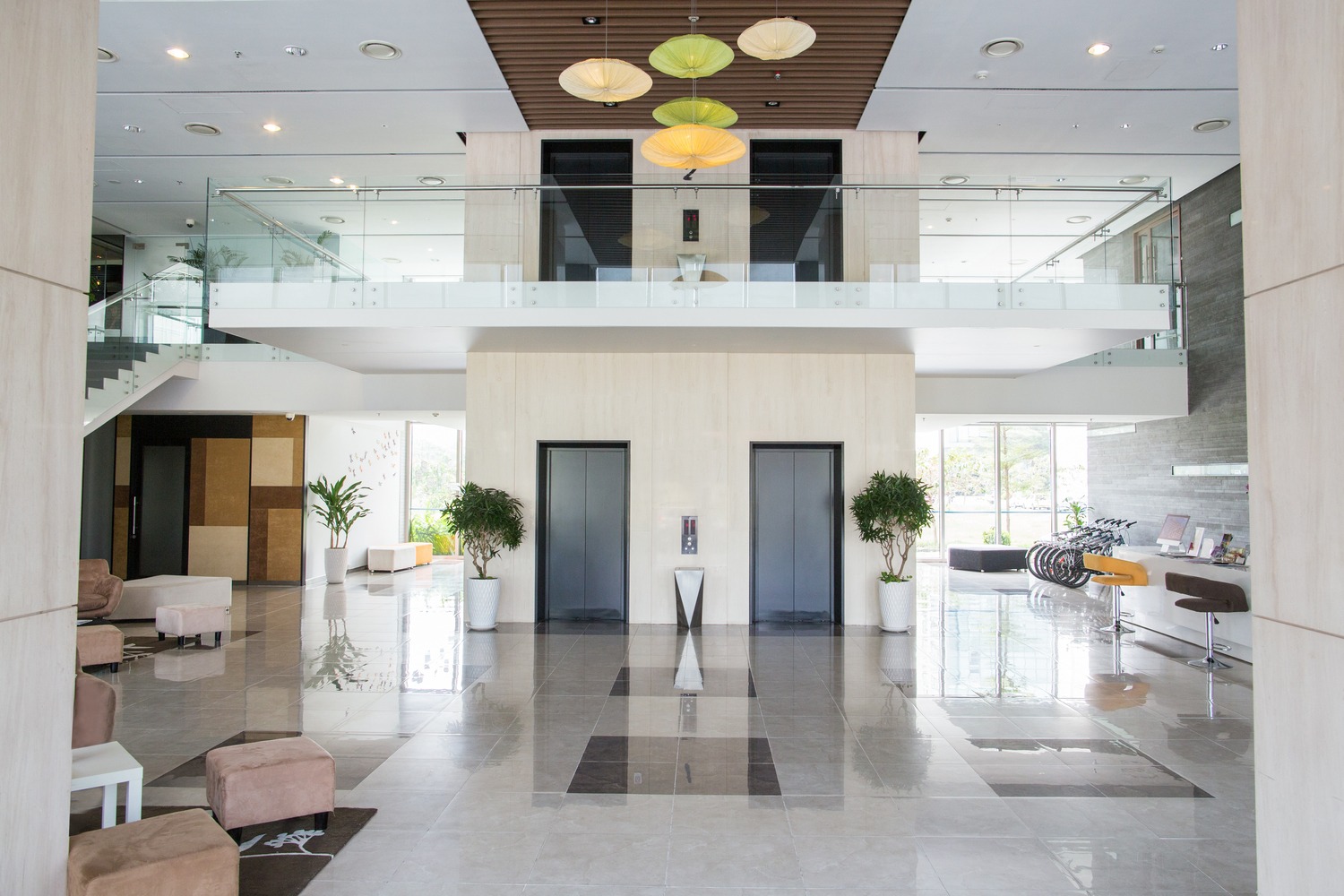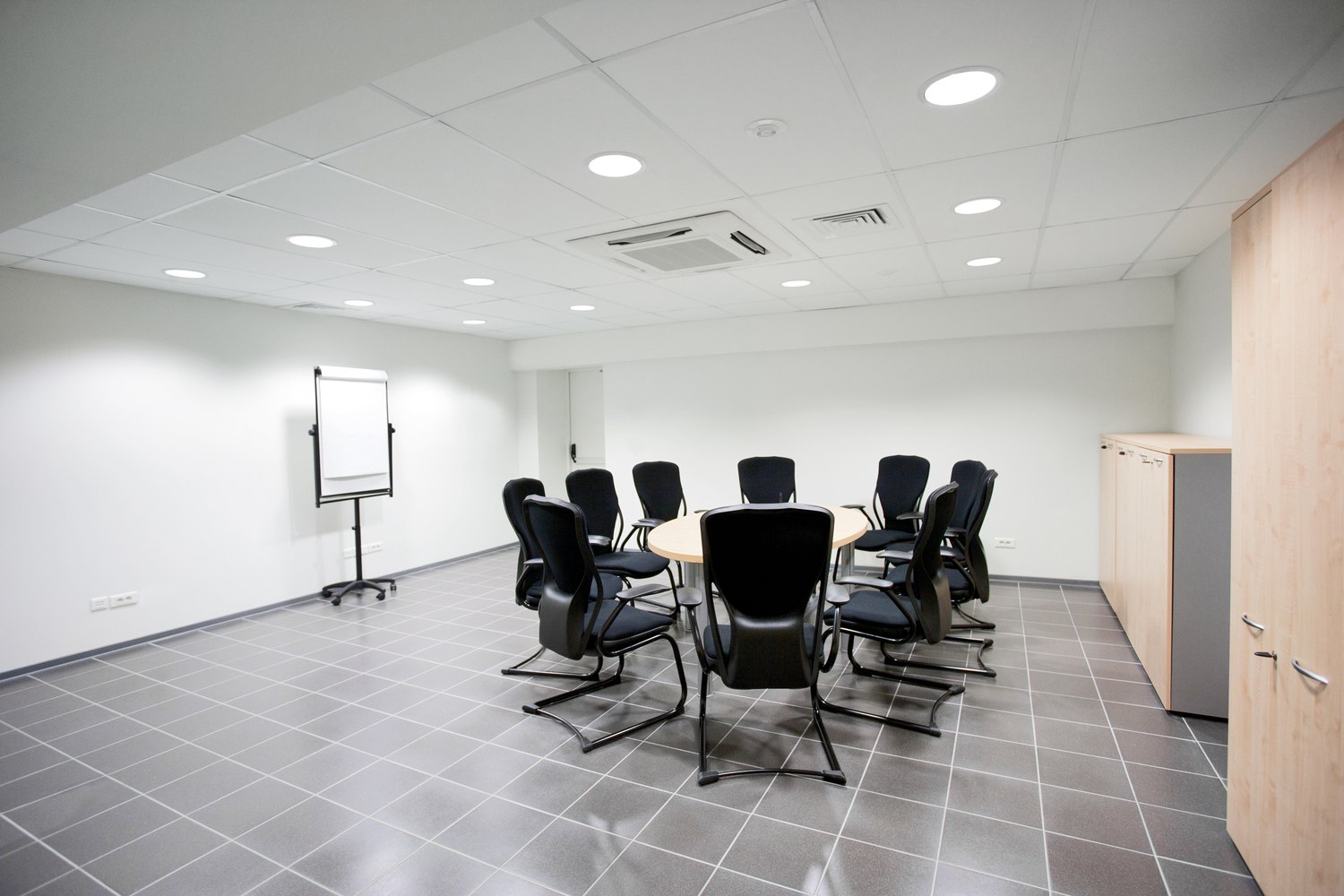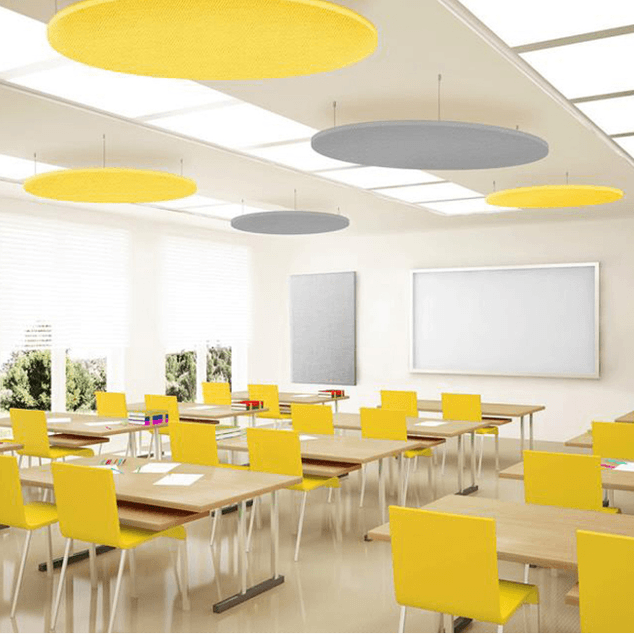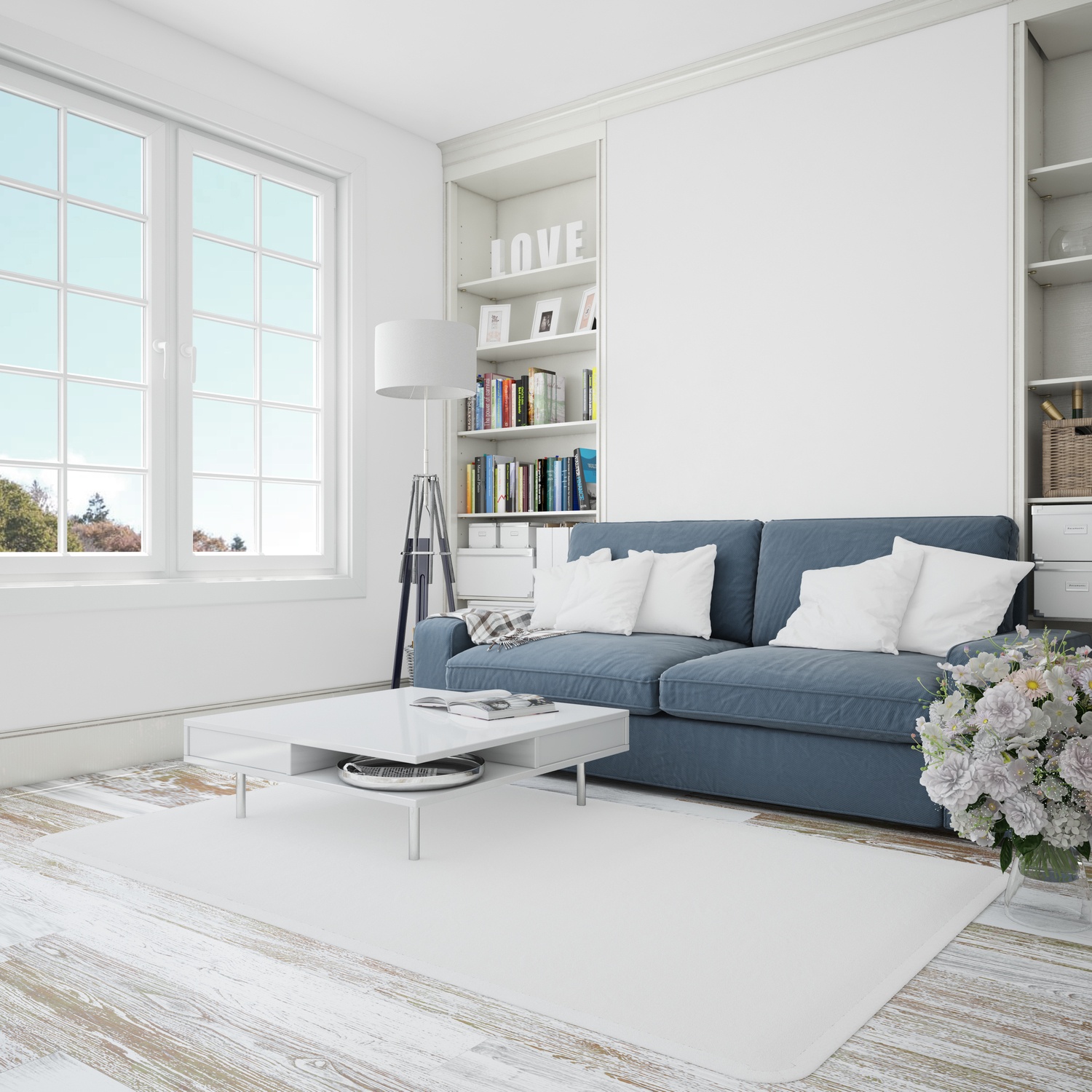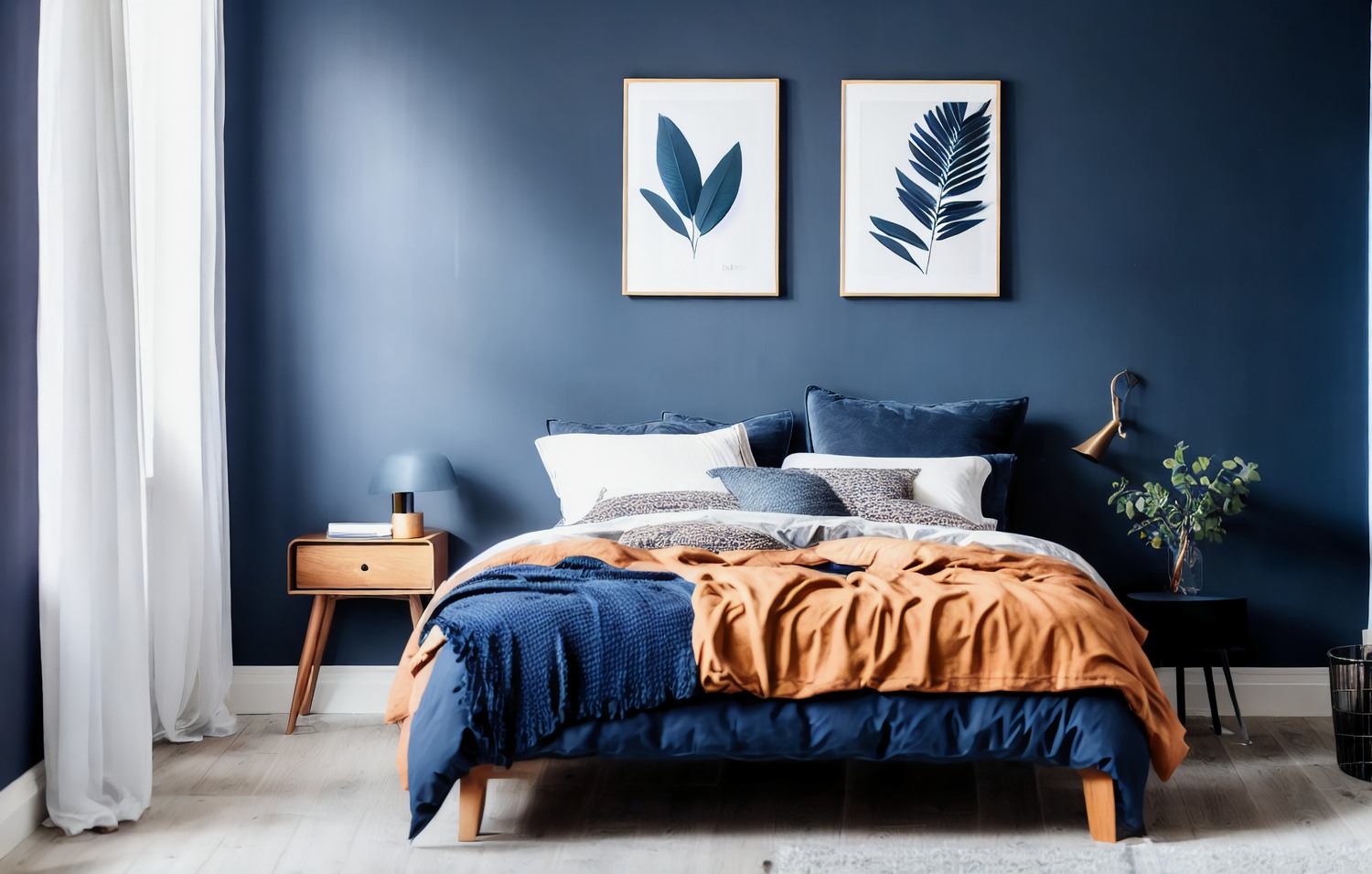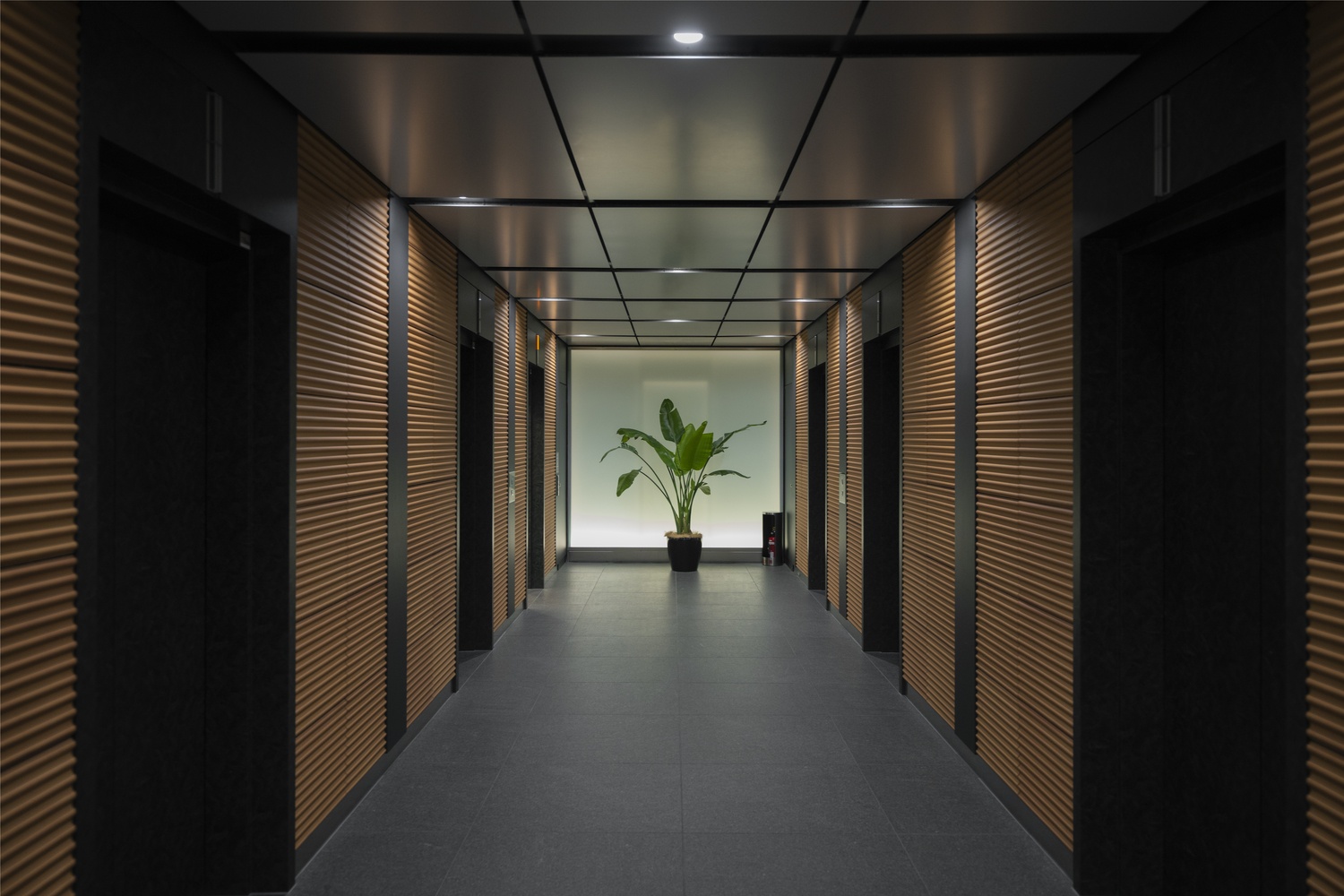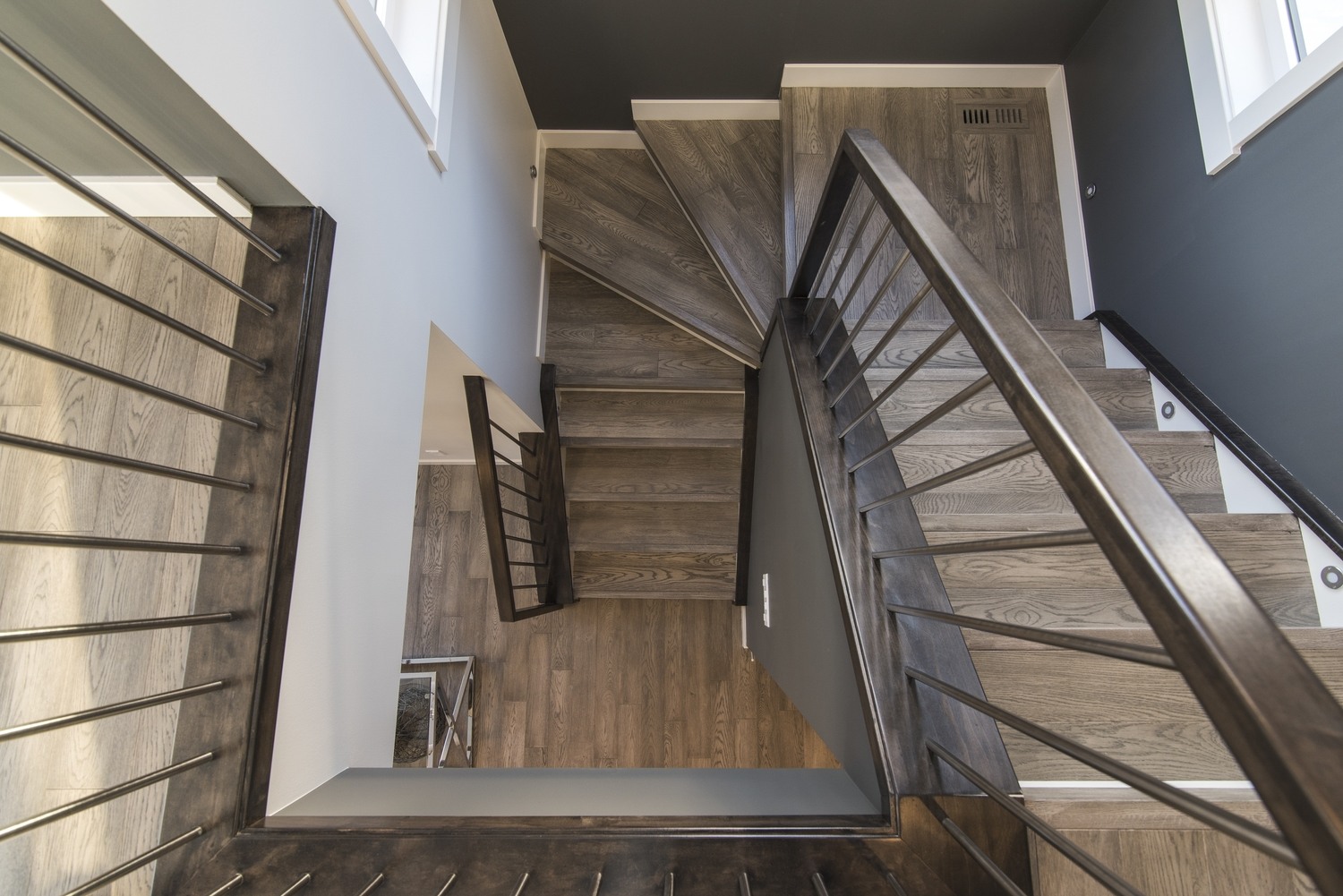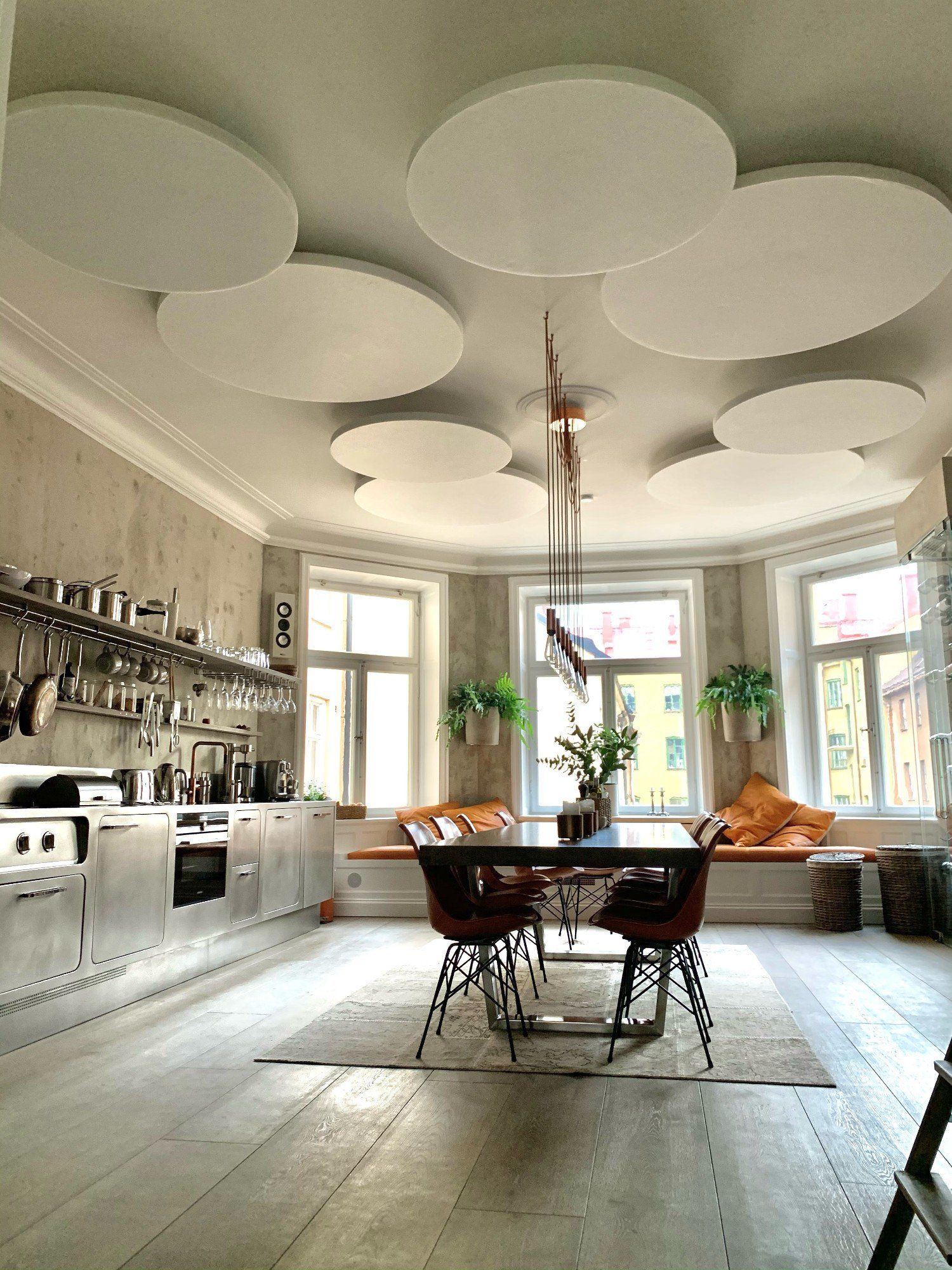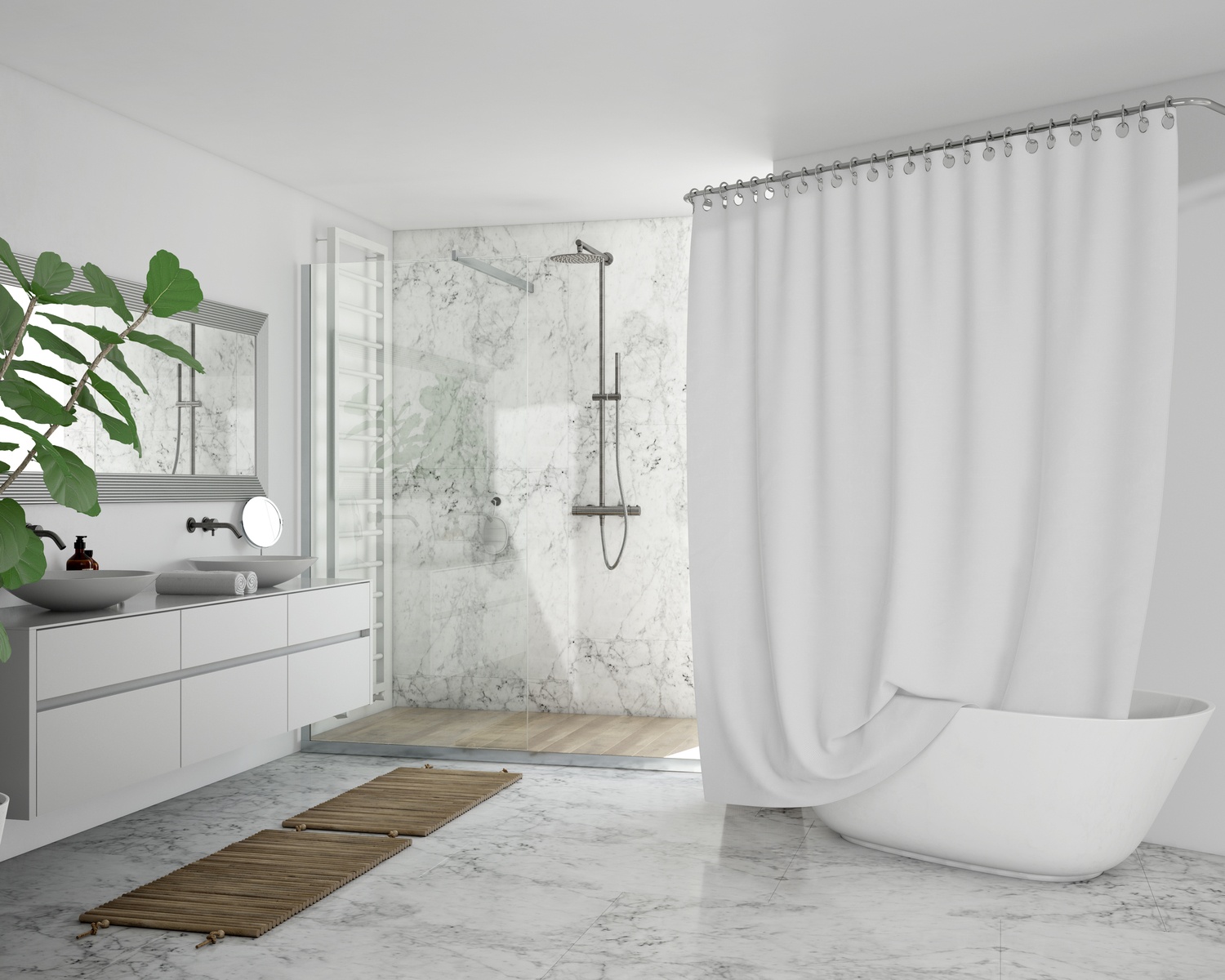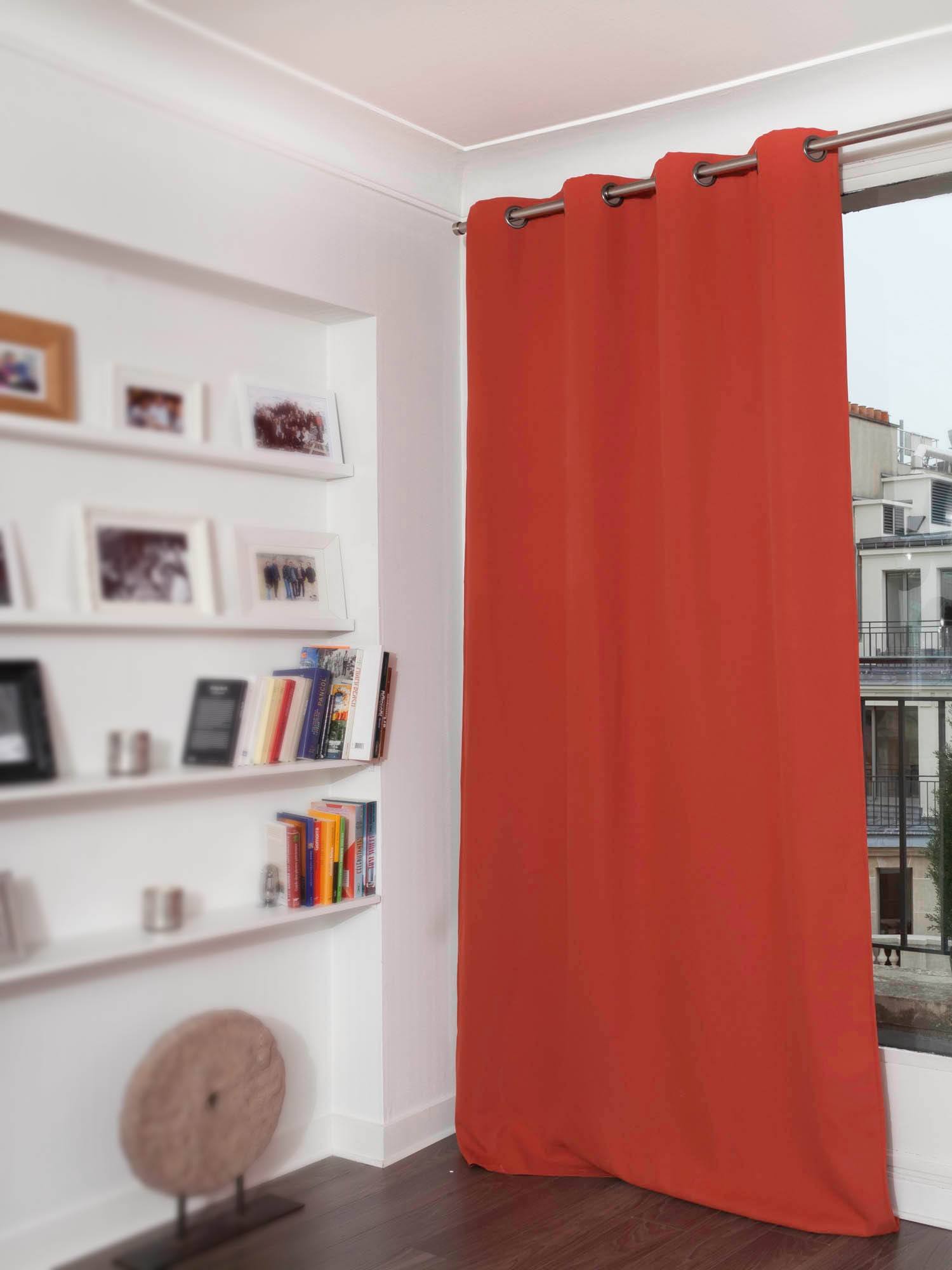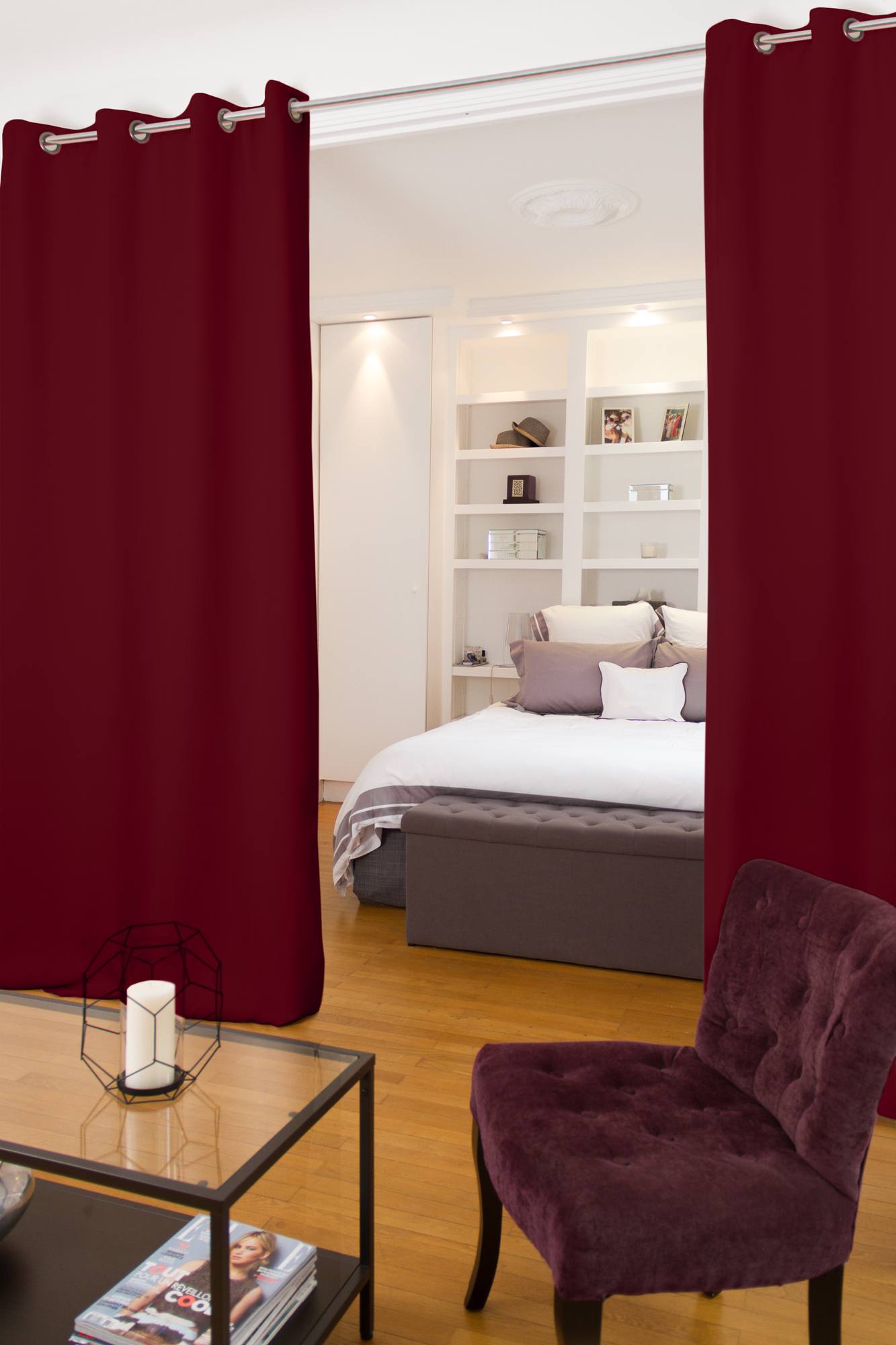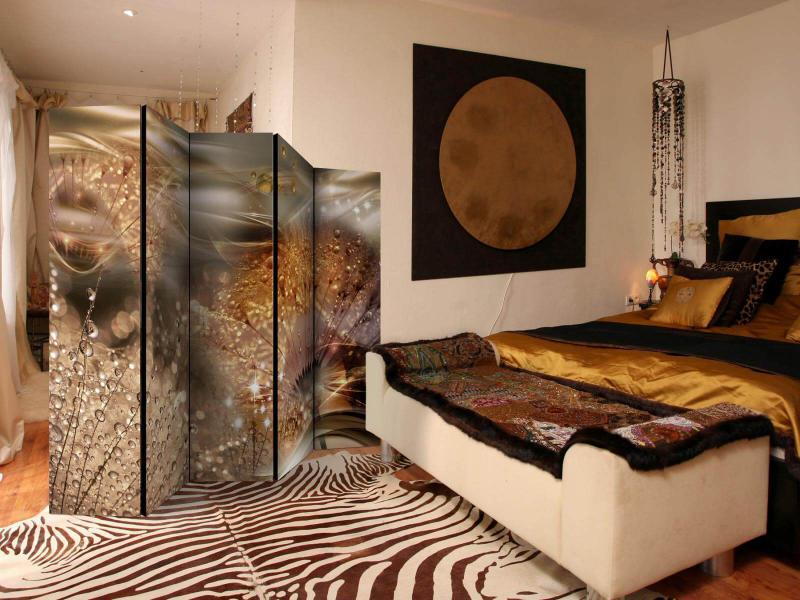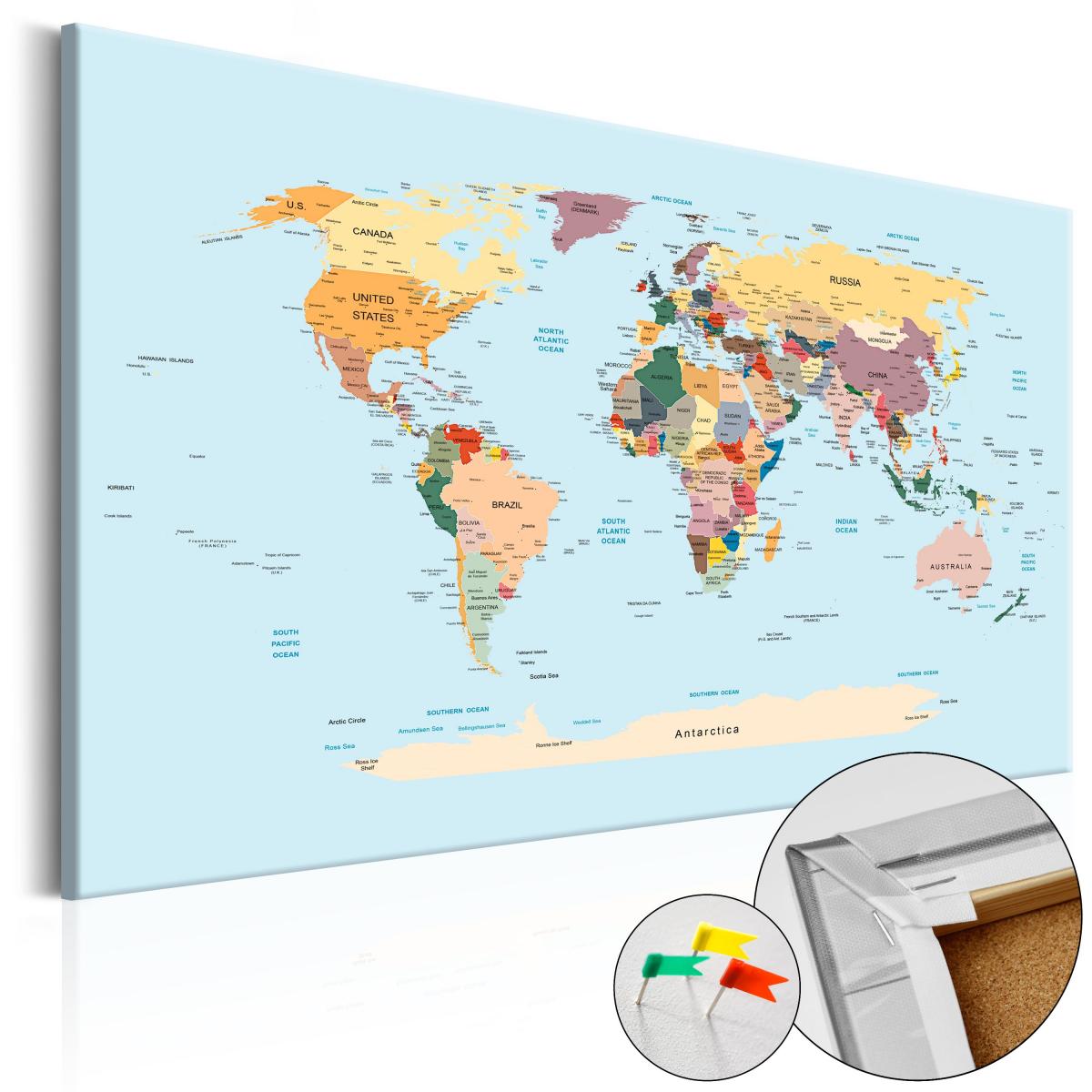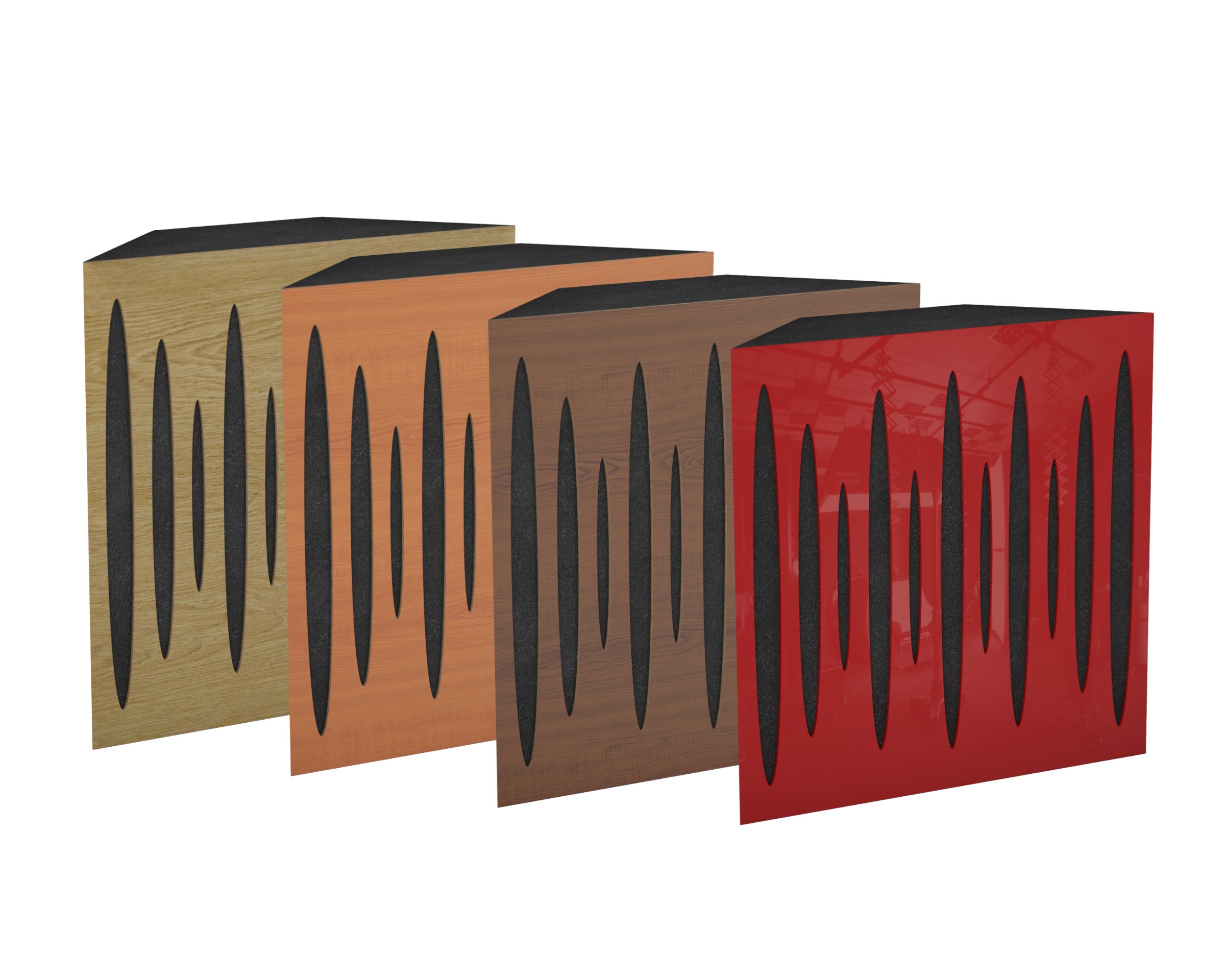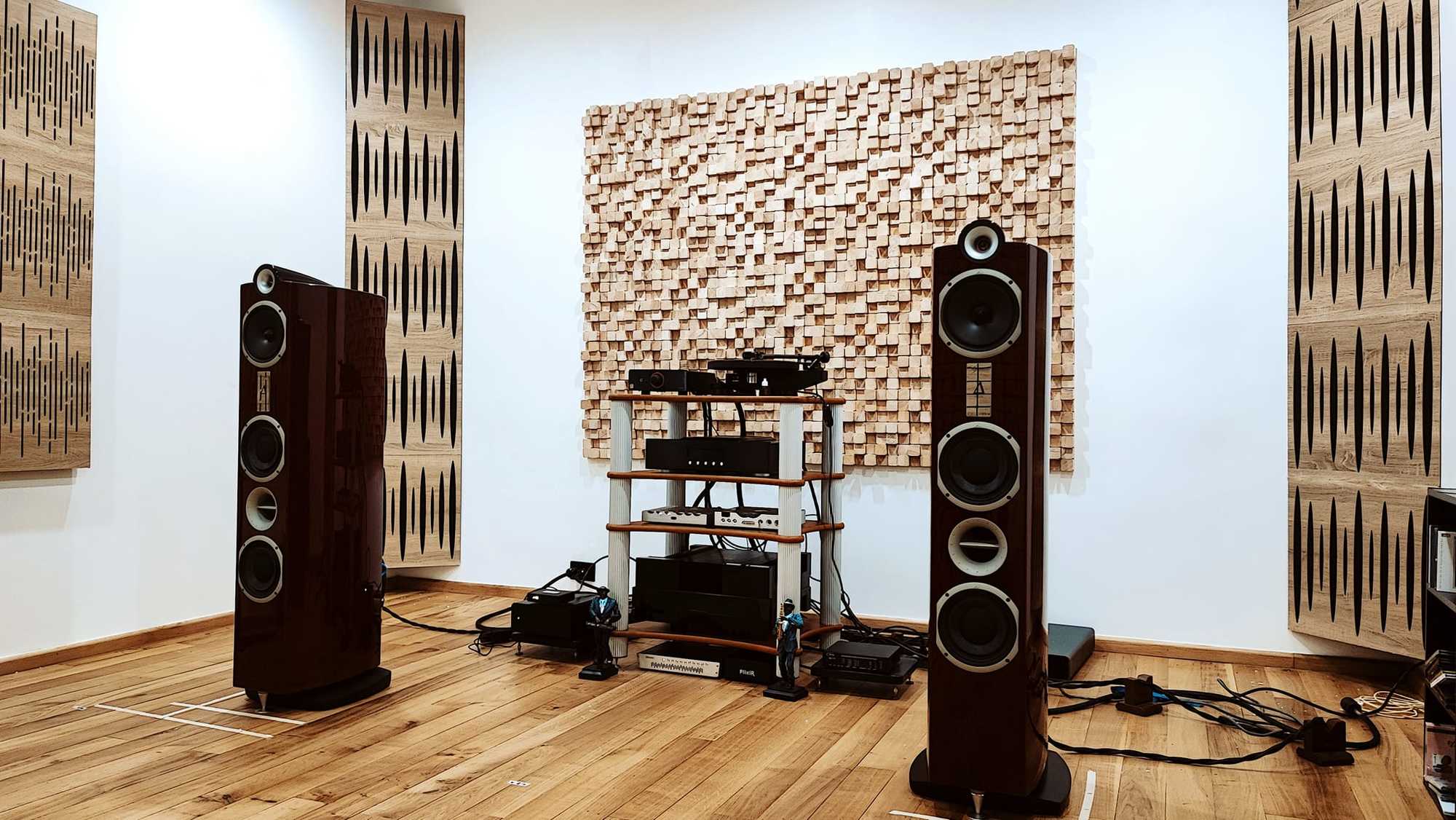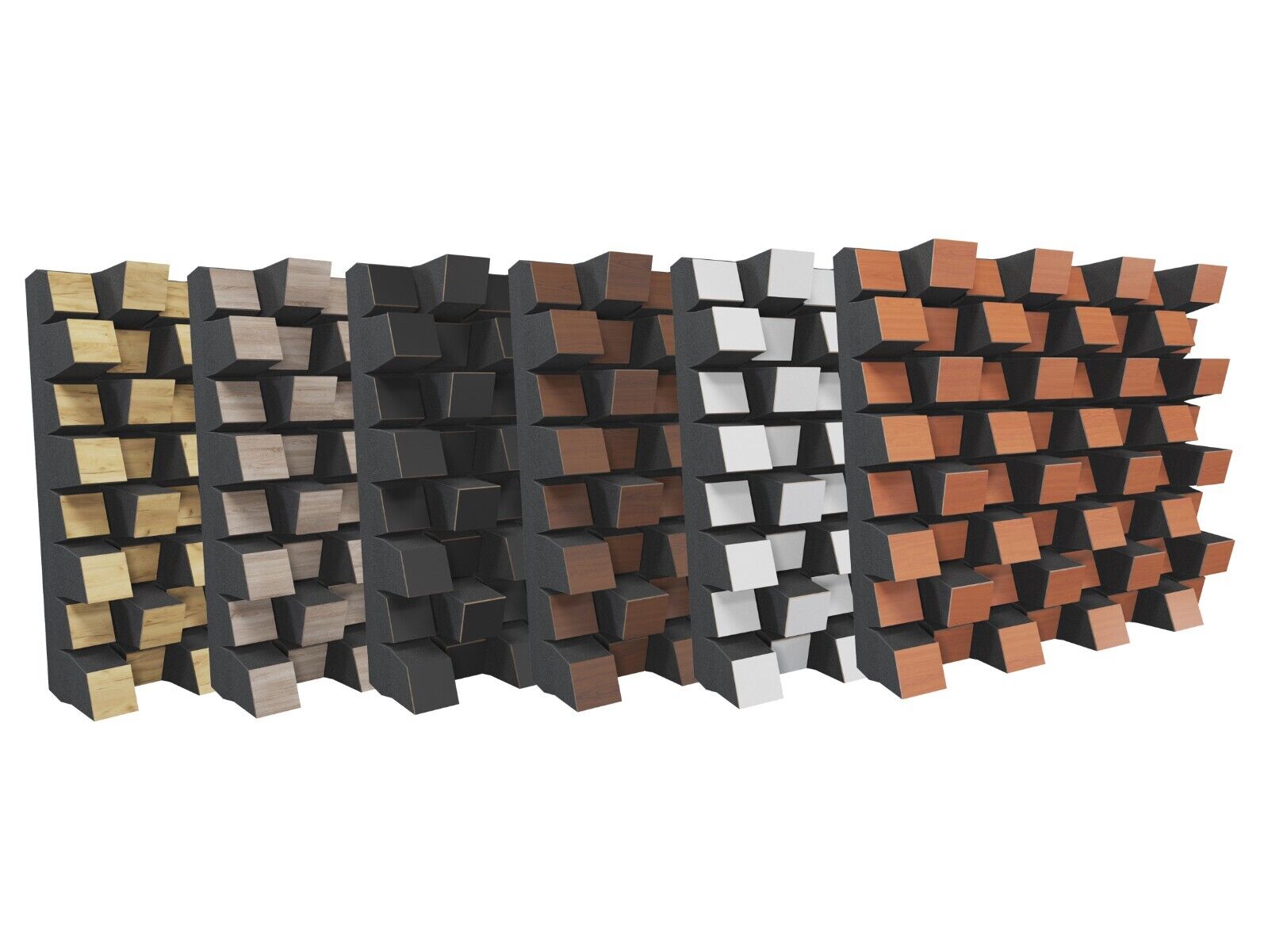How do you absorb and dampen sound with sound absorbers?
Creating a pleasant sound environment is about reducing unwanted echoes, reducing reverberation, and improving the acoustics of the room. With the right sound absorbers, you can effectively dampen disturbing sounds and create a harmonious environment in homes, workplaces, and public spaces. Whether you want to improve the sound quality in an open-plan office, reduce noise in a restaurant, or create better acoustics in a music room, there are tailor-made solutions to suit your needs. Hard surfaces such as glass, concrete, and tile reflect sound and can cause reverberation, leading to a noisy and uncomfortable sound environment. By using sound absorbers that effectively capture and break up sound waves, you can create a more subdued and pleasant atmosphere. Below, we go through how sound absorbers work, which materials are most effective, and which environments they are best suited for.
What is sound absorption and why is it important?
Sound absorption aims to reduce reflections and reverberation in a room by using materials that capture sound waves instead of allowing them to bounce between walls, floors, and ceilings. This is particularly important in environments where sound comfort is crucial, such as offices, schools, home theaters, and public spaces. Good sound absorption not only improves acoustics, but also creates a calmer environment that reduces stress and improves concentration.
Effective materials for sound absorption
To achieve optimal sound absorption, the choice of material is crucial. Here are some of the most effective materials for sound absorption:
Polyester
A lightweight, durable, and effective material with high sound absorption capacity. Polyester is popular in both homes and work environments thanks to its affordability and long life.
Nitrile rubber (NBR)
This material is particularly good at absorbing both sound and vibrations and is often used in technical and industrial applications. Ideal for environments where extra soundproofing is required, such as under machines or in workshops.
Textiles
Heavy and dense textiles, such as velvet and wool, are excellent sound absorbers. They can be used in the form of curtains, carpets, or room dividers to both improve acoustics and enhance the aesthetics of the room.
Mineral wool
Rock wool and glass wool are also effective materials for sound absorption, thanks to their high density and flexibility. Mineral wool is often used in walls, ceilings, and floors to create a soundproof environment.
Acoustic foam
A versatile and affordable option that effectively reduces reverberation and is often used in recording studios, home theater systems, and music rooms.
The benefits of sound absorbers
Installing sound absorbers in a room offers several advantages that contribute to a more pleasant and functional environment.
Improved acoustics
By reducing reverberation and dampening sound reflections, a more pleasant sound environment is created that is conducive to both conversation and concentration.
Aesthetic and functional design
Sound absorbers are available in a variety of colors, shapes, and designs—from discreet ceiling panels to decorative wall absorbers that can be integrated with the room's interior design.
Flexibility for different environments
Whether you need to dampen noise from machines, create a more focused working environment in an open-plan office, or improve the acoustics in a home theater, there are sound absorbers to suit your specific needs.
Areas of application for sound absorbers
Sound absorbers can be used in a variety of environments to improve sound comfort and create a more pleasant atmosphere.
Home environment
In homes, sound absorbers can help reduce noise in living rooms, bedrooms, and kitchens—especially if the rooms have hard floors and large windows that reflect sound.
Office
In open-plan offices, sound absorbers can help create a more productive working environment by reducing background noise and improving sound insulation between workstations.
Public spaces
Restaurants, schools, meeting rooms, and waiting rooms are examples of environments where sound absorbers can contribute to a more pleasant atmosphere and reduce noise levels from large groups of people.
Specific acoustic applications
In music studios, theaters, and recording rooms, it is crucial to have a controlled sound environment. Sound absorbers can be used to minimize unwanted reflections and create optimal sound quality.
The importance of correct installation
Choosing the right sound absorbers is an important part of the process, but installation plays an equally crucial role in achieving the best possible results. Sound absorbers can be mounted on walls, hung from ceilings, or placed as freestanding units depending on the needs of the room. Proper placement can make a big difference in sound attenuation and improve acoustics where it is needed most.







